One of the oldest cities in the world, the westernmost capital of continental Europe and the only capital on the old continent facing the Atlantic Ocean, Lisbon has been attracting tourists from all over the world for years with its impressive architecture and history, especially during the Age of Discovery, mild Mediterranean climate, good cuisine and even better wines and low prices.
Built on seven (popular version, for comparison with Rome) or eight hills, the capital and largest city of Portugal is famous for its winding, cobbled streets and ascents, colorful buildings, yellow trams, blue ceramic tiles and fado, a musical genre that originated in the country in the early 19th century.
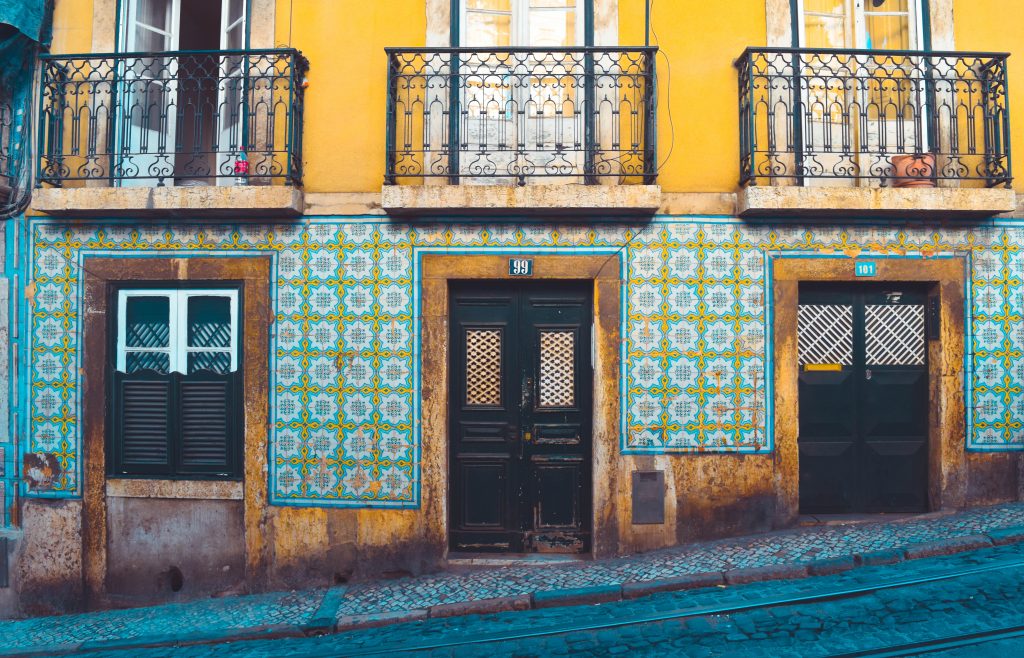
Given all this, it should come as no surprise that Lisbon is visited by just under 4 million tourists a year. If you also want to visit Lisbon, this guide can help you plan an independent trip to the city that is the most beautiful in Europe for many. We will first list the sights that should not be missed, along with useful tour tips and ticket prices, and then we will move on to prices, starting from accommodation to transportation, food and drinks.
What to visit in Lisbon?
Like many other fairytale European cities, Lisbon is a kind of open-air museum. In addition to the main sights, the city has a large number of smaller and larger attractions, each more interesting than the previous one.
From this perspective, 4 days is quite enough for Lisbon (the city can be visited in 3 days), but you will certainly not be bored if you stay longer. And you’ll probably wish you only had one more day in Lisbon no matter how much time you spend in it.
Before we move on to the sights themselves, it is important to note that Lisbon is divided into so-called bairros, ie. quarters that do not actually have clearly defined boundaries. In this guide we will talk about the following areas:
- Alfama
- Belem
- Baixa
- Bairro Alto
- Chiado
- Cais do Codre
- Alcantara
To make the most of your time in Lisbon, it is best to set aside one day or at least half a day for each quarter.
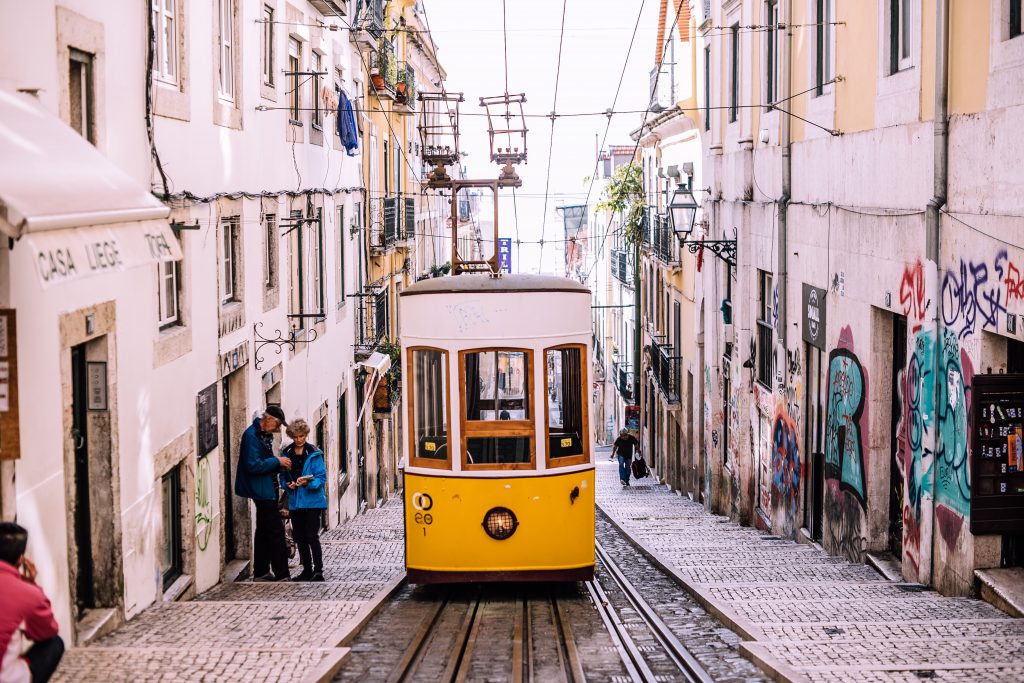
Alfama – Meet Lisbon
Alfama is the oldest and probably the most interesting district in Lisbon, which stretches between the city castle and the river Tejo. Once upon a time, the whole of Lisbon was located within the borders of Alfama, today’s old town, which is also the most popular area among tourists.
Alfama has some of the most famous sights in Lisbon, but what makes this neighborhood really special is that no matter which alley you take or whichever corner you peek into, you will certainly not remain indifferent. Apart from wandering around the old town, the following attractions should not be missed in Alfama:
Castelo de São Jorge – One of the most visited sights in Lisbon, the Castelo de São Jorge, is located on the hill of the same name, which for centuries was the most important place in the city, having a defensive role since the time of the original Celtic tribes inhabiting today’s Lisbon.
Ticket price: 10 EUR
Santa Maria Maior de Lisboa is the oldest and most important church in the city built in the 12th century on the site of the former main mosque. With stone walls and two imposing towers, the Lisbon Cathedral looks more like a fortress than a church.
Ticket price: free
Tram 28 – An absolute attraction, Lisbon trams are the most popular mode of transportation in the city, not only because they make it incredibly easy to move around the city, but also because they are a kind of ride into the past of Lisbon. There are 6 tram lines in Lisbon and many of them have retro trams, which for many are the first association with the Portuguese capital. The most famous is certainly tram 28, yellow wooden trams that you will see on almost all postcards and souvenirs from Lisbon.
Price: 3 EUR
Museu Nacional do Azulejo – Although it may not seem overly interesting, Museu Nacional do Azulejo, is one of the most visited museums in Lisbon, where decorative tiles from the 15th century to the present day are exhibited. Since decorative tiles are more or less everywhere in Portugal, from houses, palaces and churches to restaurants and metro stations, it is logical that there is a museum that celebrates this art and its development through the centuries.
Ticket price: 5EUR
Belem
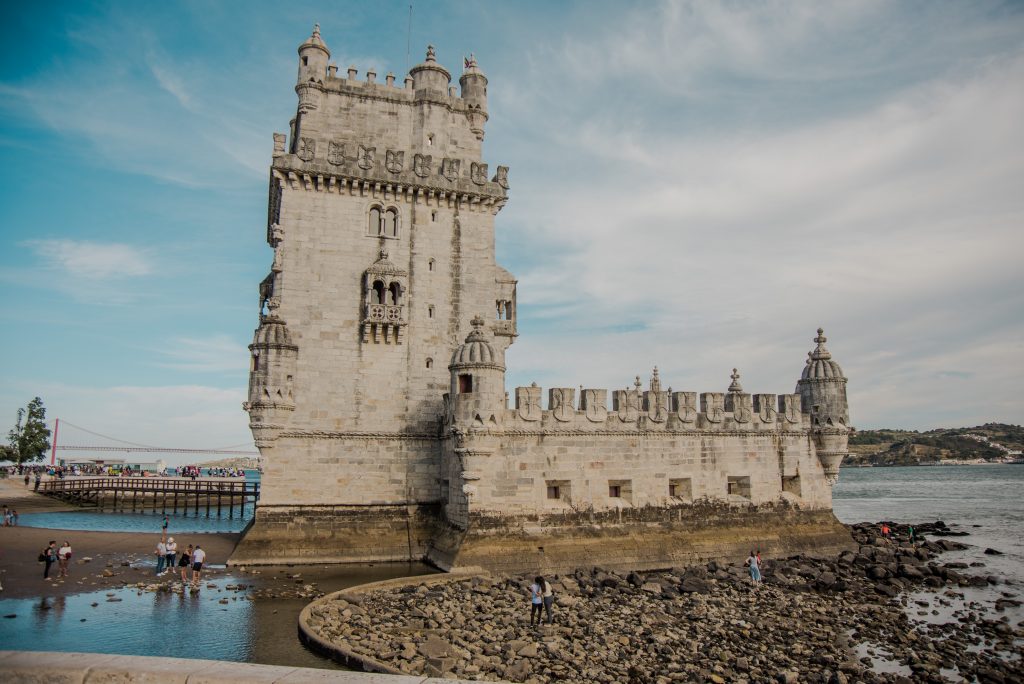
Belem is one of the most visited areas in Lisbon due to the large number of monuments that are located here and that were built after the prosperity of Portugal during the Age of Discovery. From the 15th to the middle of the 17th century, ships sailed from Belem in search of new trade routes, including the ship that Vasco da Gama set out on his famous expedition, which ended with the discovery of a sea route to India around Africa.
Belem Tower is a tower with a bastion from the 16th century that originally had a defensive role to eventually become the most famous symbol of the Portuguese capital. Serving as the entrance to the city, the tower was the first and last building that sailors and explorers saw on departure and on their return to Lisbon. It was also used as a prison for a while, and in the 19th century as a lighthouse.
Ticket price: 6 EUR
Pasteis de Belem – When you find yourself in Lisbon, one of the things you must try is pasteis de nata – and the most famous cafe that sells this sweet pastry is Pasteis de Belem, located right next to the Jerónimos Monastery . This pastry shop is famous in Lisbon because its first owner bought the original recipe for pasteis de nata in the first half of the 19th century from a monk from Jeronimos.
Bairo Alto and Chiado
Bairro Alto and Chiado are two connected areas in Lisbon known as the city’s bohemian districts. Apart from a few attractions that you can visit very quickly, it is worth walking through these neighborhoods if you want to see how life plays out in Lisbon, go shopping, listen to fado or chat until the late hours.
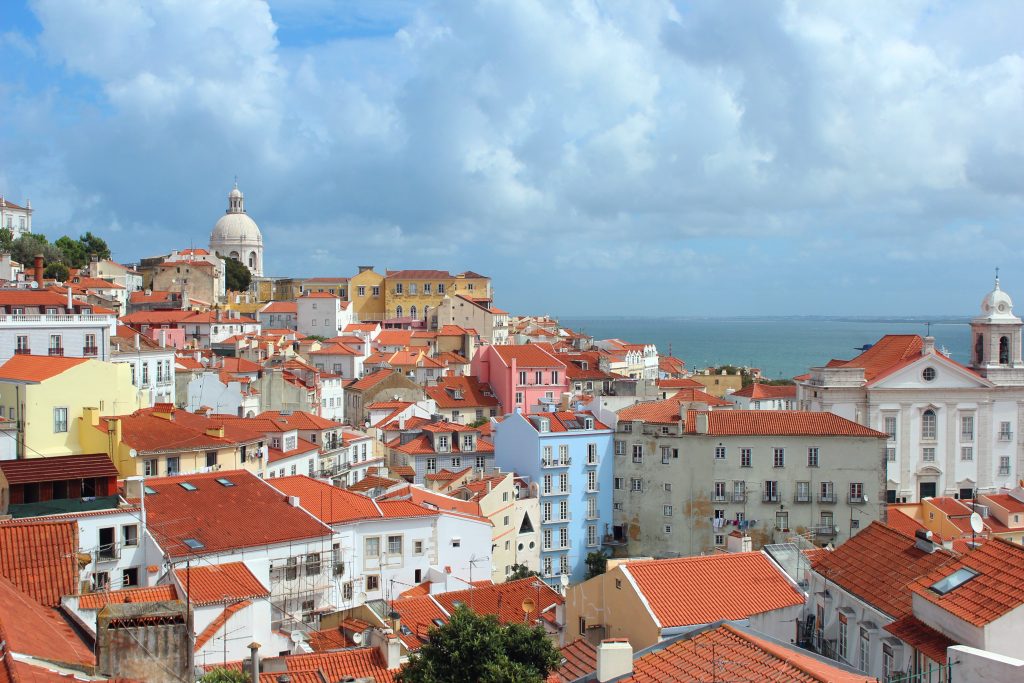
Ribeira das Naus is a promenade along the river that connects Cais do Sodre with Piazza Comercio. Recently renovated, this promenade is located on the site of a former shipyard and today is a popular place to relax and sunbathe (swimming is strictly forbidden).
Timeout market is a modern, hipster market located not far from Cais to Sodra station, which has about twenty restaurants, several bars, a couple of fruit and vegetable shops and flower shops. The market is designed so that each restaurant or bar has its own stand where food and drinks are ordered. Once you get what you are looking for, you can either sit at wooden bars or connected tables.
Pink street – Really nothing special but increasingly popular because of Instagram, Pink Street (Rua Nova do Carvalho) is located in Cais do Sodre district, very close to the Timeout market. Not so long ago, this street was known as the Lisbon Street of Red Lanterns, where sailors and criminals gathered in search of prostitutes and other forms of entertainment. In 2011, suspicious bars were closed, the sidewalk was painted pink and new cafes, bars and clubs were opened, which are especially attractive to tourists looking for good parties and places to take photos – and so Pink Street became the epicenter of nightlife in Lisbon. Although there are many better places to spend time in the city than this street, it is still interesting to see how a couple of changes can change the reputation of a part of the city.
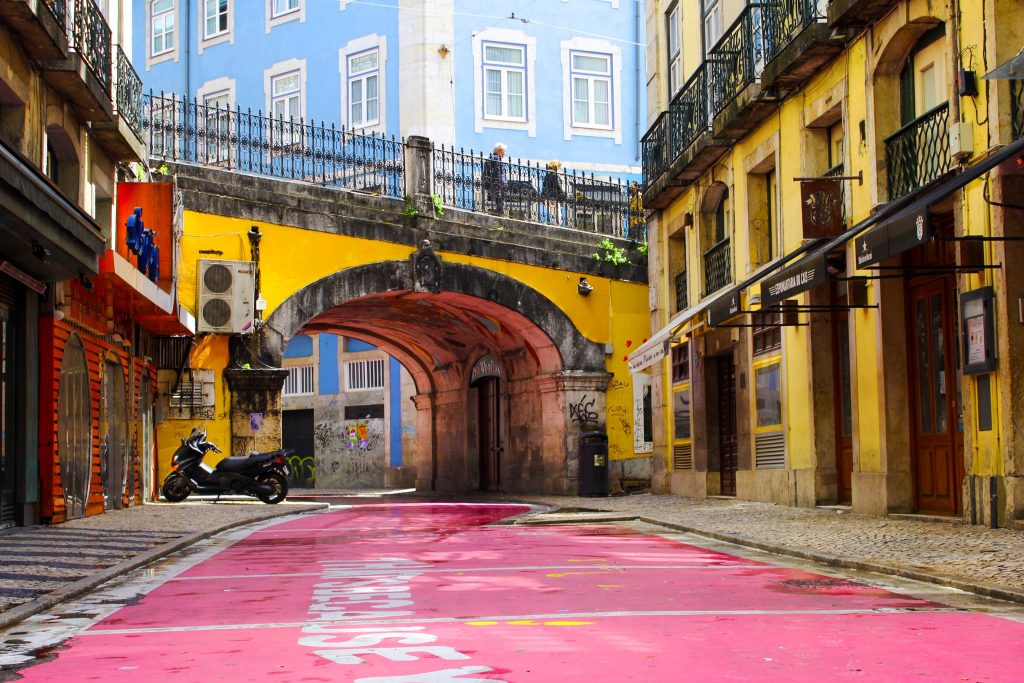
Alcantara
Located halfway between the Cais to the Sodra region and Belem, Alcântara is a former industrial zone of Lisbon by the river that has recently and rather modestly begun to take on a new look. Since Alcantara is the least interesting part of Lisbon, we advise you to visit it only if you have a little more time in the city.
LX Factory is a complex of urban restaurants and shops built on the site of a former textile factory and newspaper printing house that revived the area and put it on the tourist map of Lisbon. In addition to international and traditional restaurants and pubs, you can buy clothes, jewelry, books and other small items at the LX Factory. Tourists are especially interested in the Lehr Devagar bookstore, which is both a gallery and a cafe, and in which books are stacked from floor to ceiling on two floors.
Prices in Lisbon
Although we have long thought that Lisbon is a rather expensive city, it is true that the Portuguese capital is one of the cheaper European destinations. Since most travelers are interested in how much money needs to be set aside for a trip, this part of our guide will deal with just that – how much it really costs to travel to Lisbon on your own.
Accommodation in Lisbon

As in all major world cities, Lisbon has accommodation for everyone’s pocket, from hostels that you share with a few other people to apartments and hotels. Although of course the accommodation you choose depends on your budget, it is good to know that on Booking.com there are more than 400 accommodation offers that cost less than 50 euros per night.
Food and drinks
The prices of food and drinks in average Lisbon restaurants and cafes are a bit higher, so you can expect to pay less than 5 euros for breakfast (keep in mind that most hotels offer free breakfast), between 5 and 10 euros for lunch and just over 10 euros for dinner. Beer prices are 2-3 euros (small) and 4-5 euros (large), wine prices are around 2-3 euros (glass) or 10+ euros (bottle), carbonated drinks are about 3 euros, teas and coffee about 2 euros.

Leave your thoughts below
Your email address will not be published. Required fields are marked *